What Is Vegetable tanned Leather? Advantages & Disadvantages?
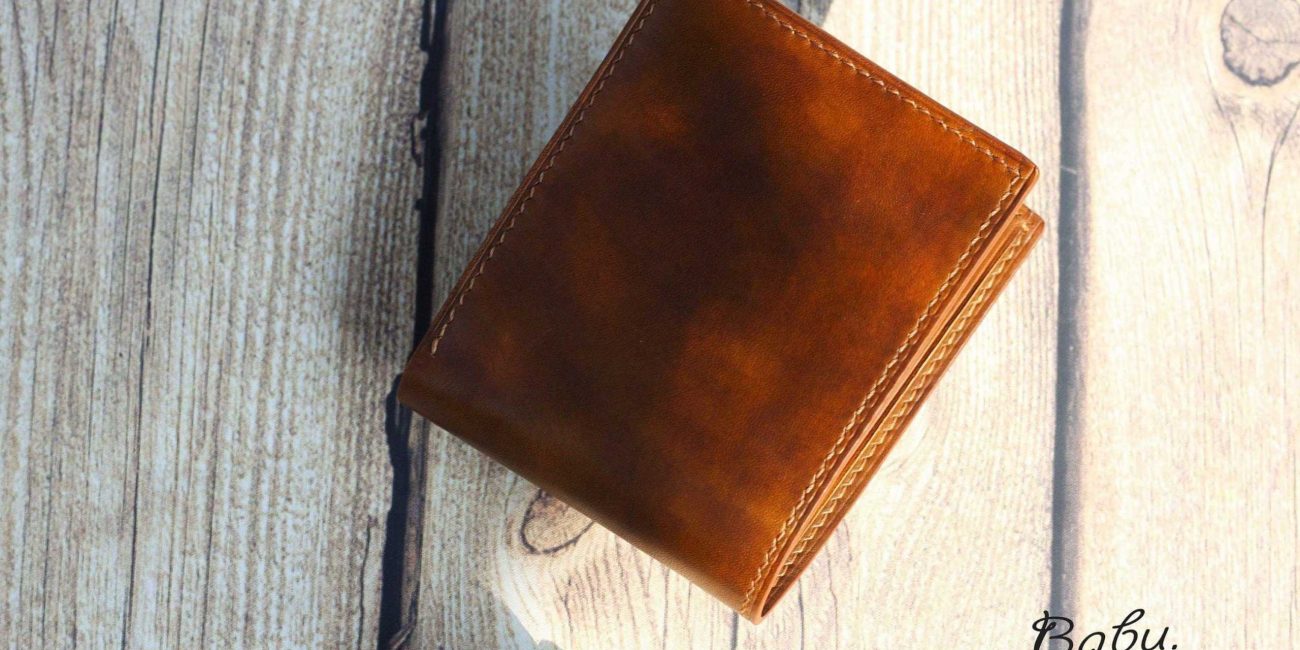
There are numerous tanning methods, but not all of them are good choice for your health and the environment.
Firstly, I’d like to emphasize on two commonly used methods, and then the third one that is used to make most of Babu’s leather goods.
- Chrome-tanning is the most popular and controversial tanning method. Due to its efficiency and quickness (within only some days) in the production, chrome-tanning is widely used in fashion industry. Before being dyed and painted, preliminary leather is in light blue and has a strong smell of chemicals which will retain in the leather. However, using chromium salts, which is known as a carcinogenic substance, is harmful to humans’ health and the environment. In spite of being acknowledged as for its significant drawbacks, it has been still the most used method in the industry of fashion due to its low cost and short lead time.
Photo: Chromium-tanning factory
- Aldehyde is a tanning technique advertised as a “chrome-free” method (without using chromium) and mainly used in the industry of automobiles, clothing and footwear, but its role appears to be faded. However, formaldehyde – the basic chemical used in this procedure, is a poisonous and dangerous gas, and leather’s toxicity should be put under a very strict inspection.
- Vegetable-tanned leather (veg-tan leather) is a true “chrome-free” method, and uses no poisonous chemicals. In the ancient world, manual tanning procedure takes advantage of natural tannic acids found in some plants by using barks, branches, leaves and even fruits in some specific techniques. Before being painted, the natural leather colors is a little brownish with beige color and natural scent of wood and earth.
Photo: Veg-tan leather in the tanning
Photo: Veg leather goods
Disadvantages
There shall be some disadvantages of using vegetable tanned leather:
- Long lead time (about 2 months)
- High level of water consumption. It is not really good for the environment even though its result is harmless when compared to chrome-tanning and aldehyde methods.
- Conducted by experienced and hard-to-find artisans.
- High cost.
Photo: veg-tan Buttero made by Walpier-Italia
Advantages of Vegetable tanned leather
Nonetheless, there are some great advantages that outweigh any other tanning methods as well. Vegetable-tanned leather has recently returned to the fashion industry due to its superiority over other leather types.
- Natural colors and texture
- Heterogeneity results in “quality” and high value. It brings about the unique aesthetics as well.
- Higher durability when compared with synthetic materials.
- Neutral impact on user’s health.
- Long lifespan. It can be used for whole lifetime or biodegraded without causing any damage to the environment.
Photo: Duffle handbag made by Sima Prague – a handmade artisan.
- After a time of use, leather will become even softer and glossier, naturally change color (patina) which can create a unique and non-duplicated leather product.
Photo: Vegetable-tanned leather after a time of using.
- It is mostly used by famous handmade artisans in the world.

Photo: Walpier’s Vegetable-tanned leather wallet of Niwa Leather from Japan
- It can be only produced from healthy cattle sources to get good, beautiful and flawless leather sheets.
- It is always a by-product of the meat industry.
Babu Handmade Leather is always proud of providing you the high quality natural vegetable-tanned leather type which is imported from Italia. Every single leather item is 100% made and finished by hand in Vietnam.
Comment (1)
Write a comment
You must be logged in to post a comment.
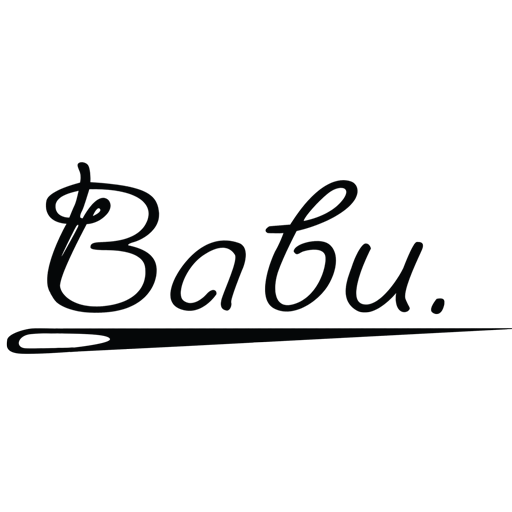


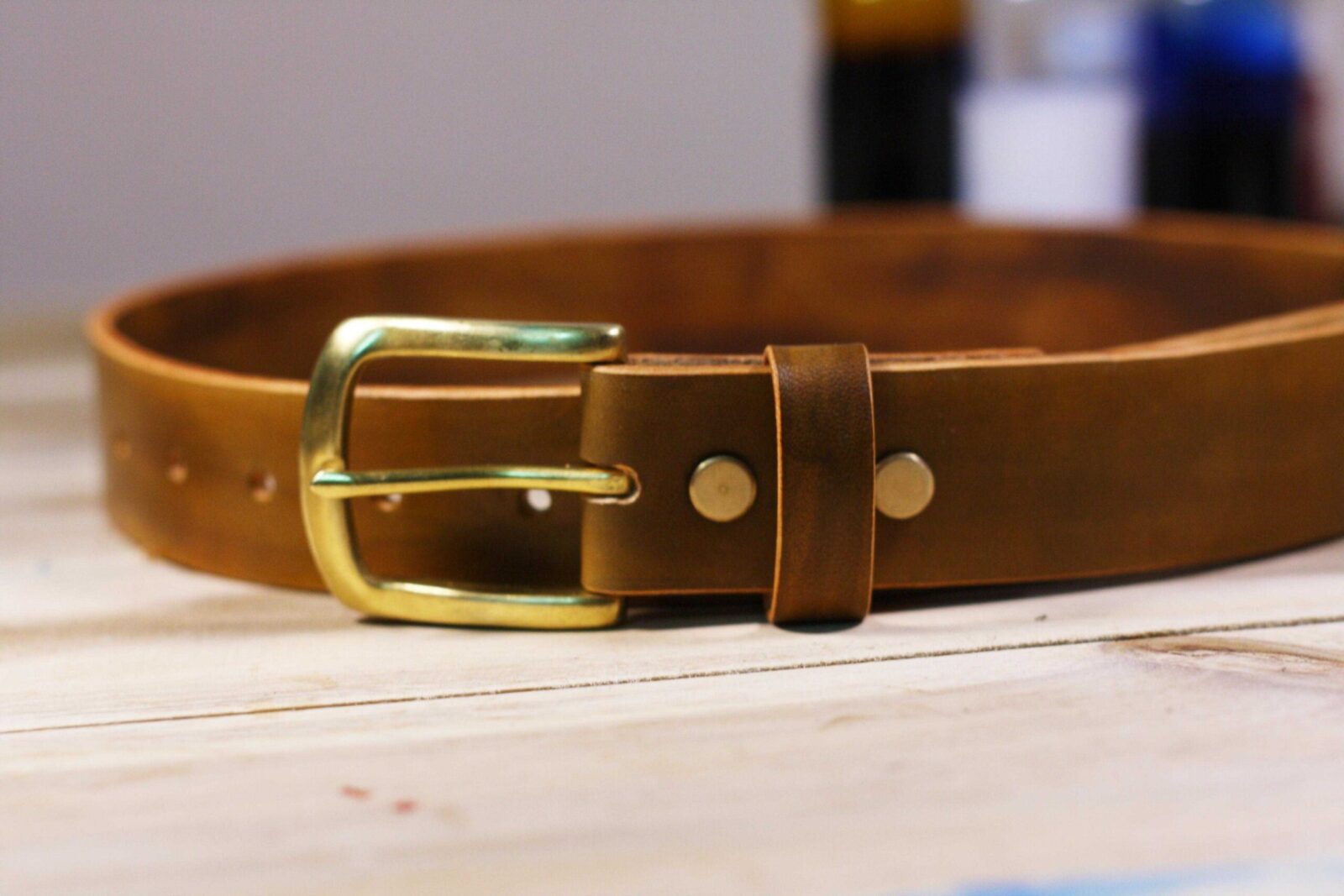
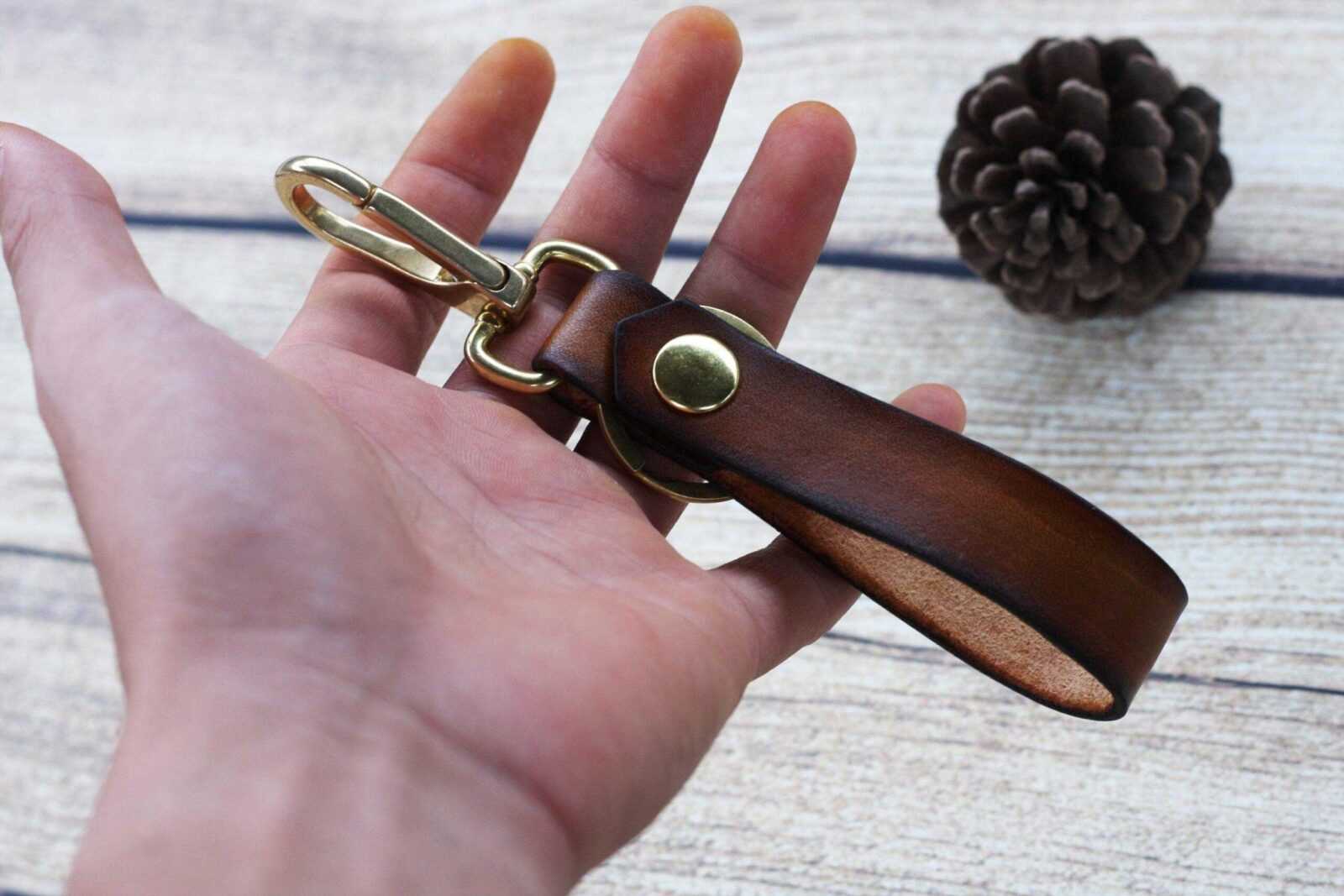

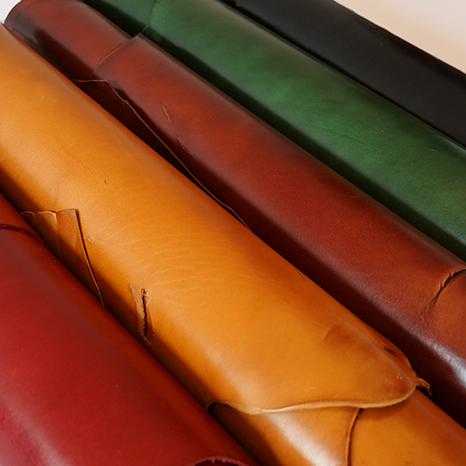

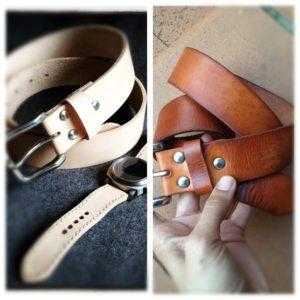
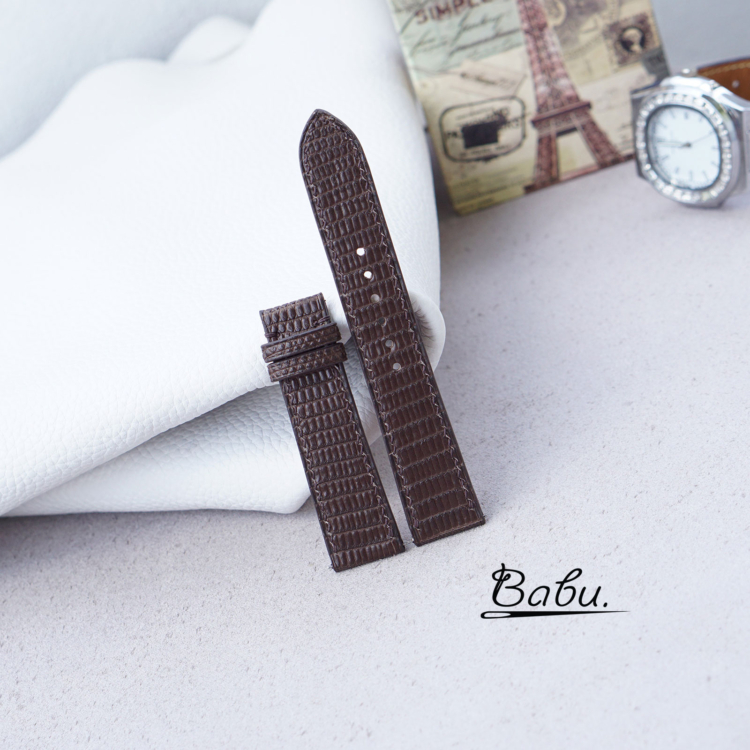
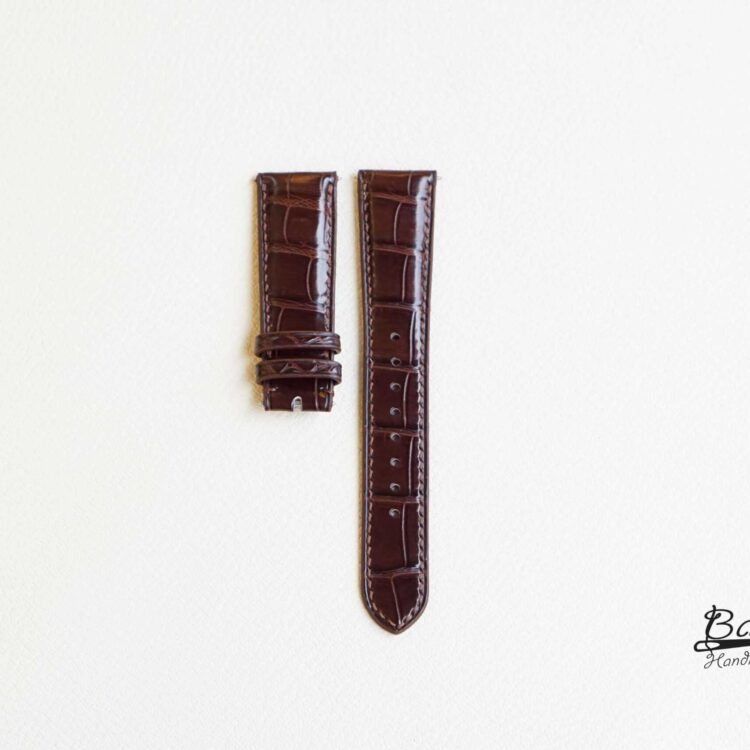
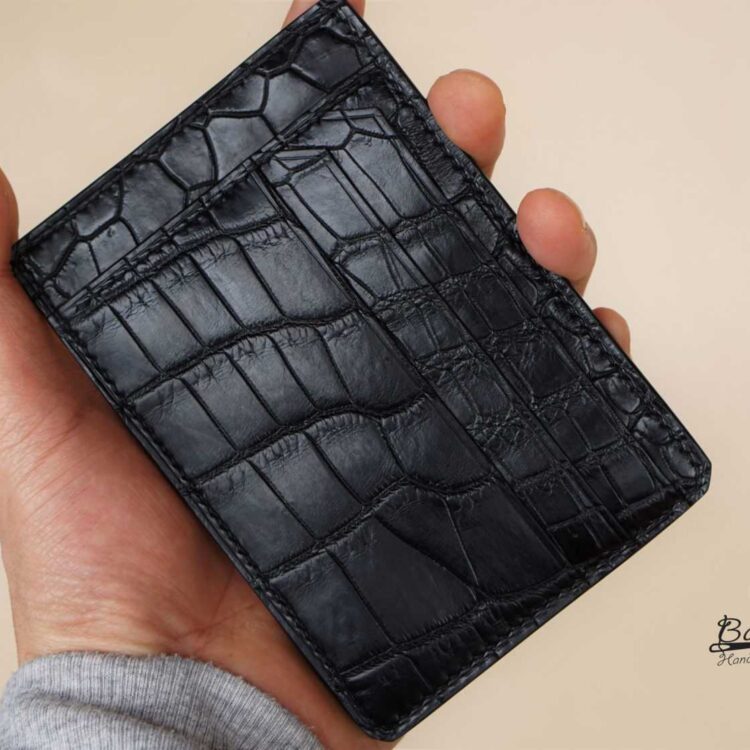
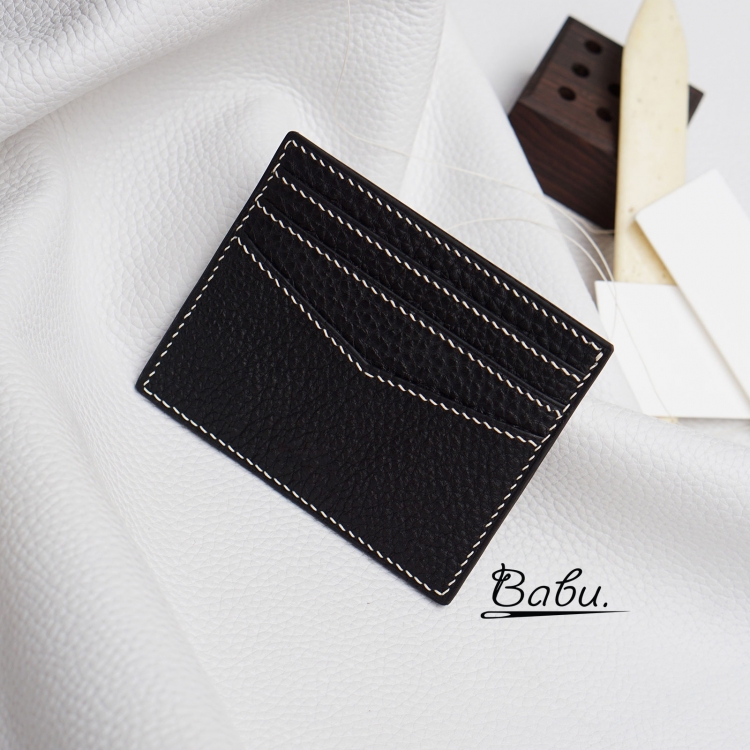

I bought vegetable-tanned leather products from Babu Handmade Leather. So great!